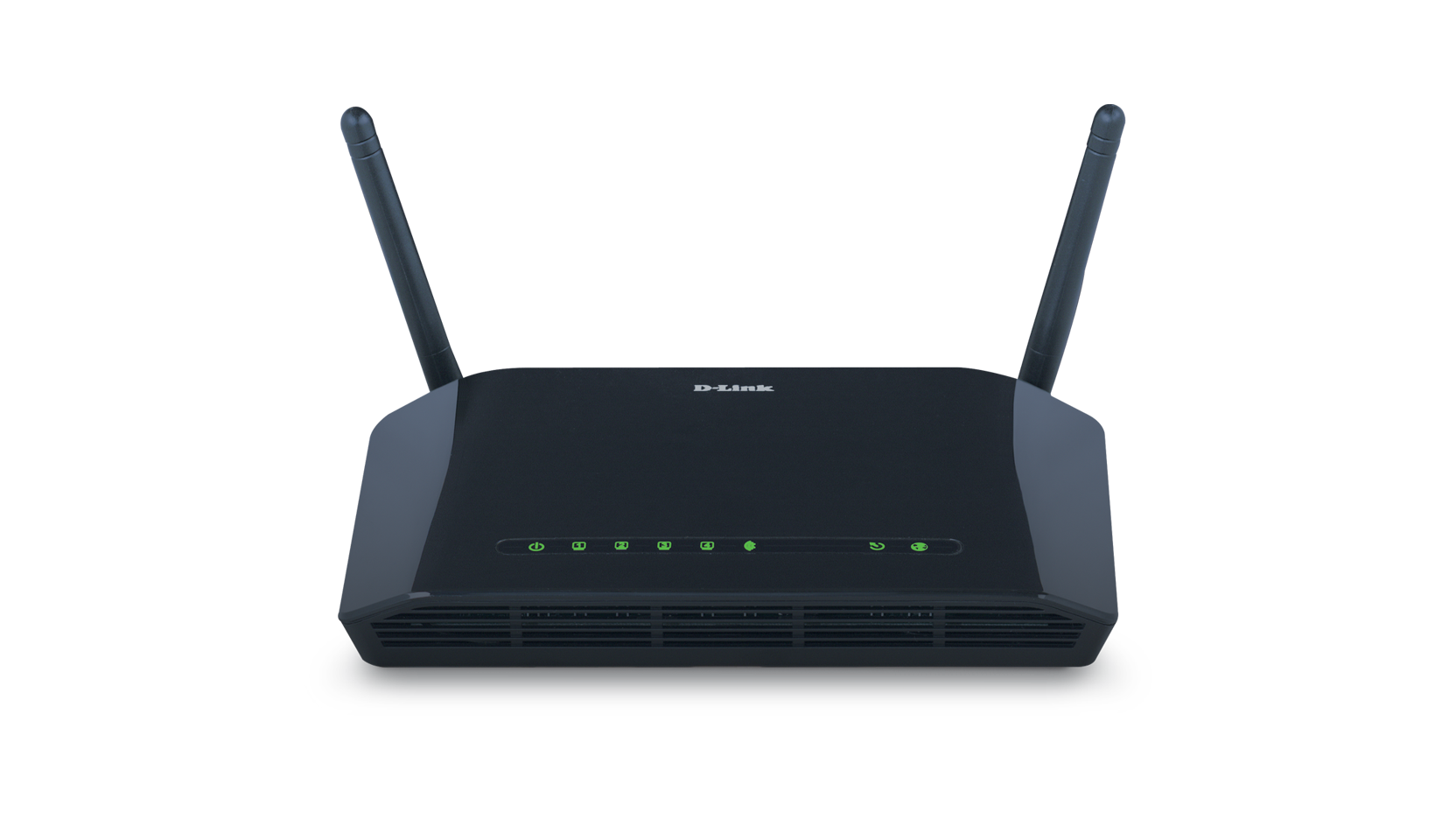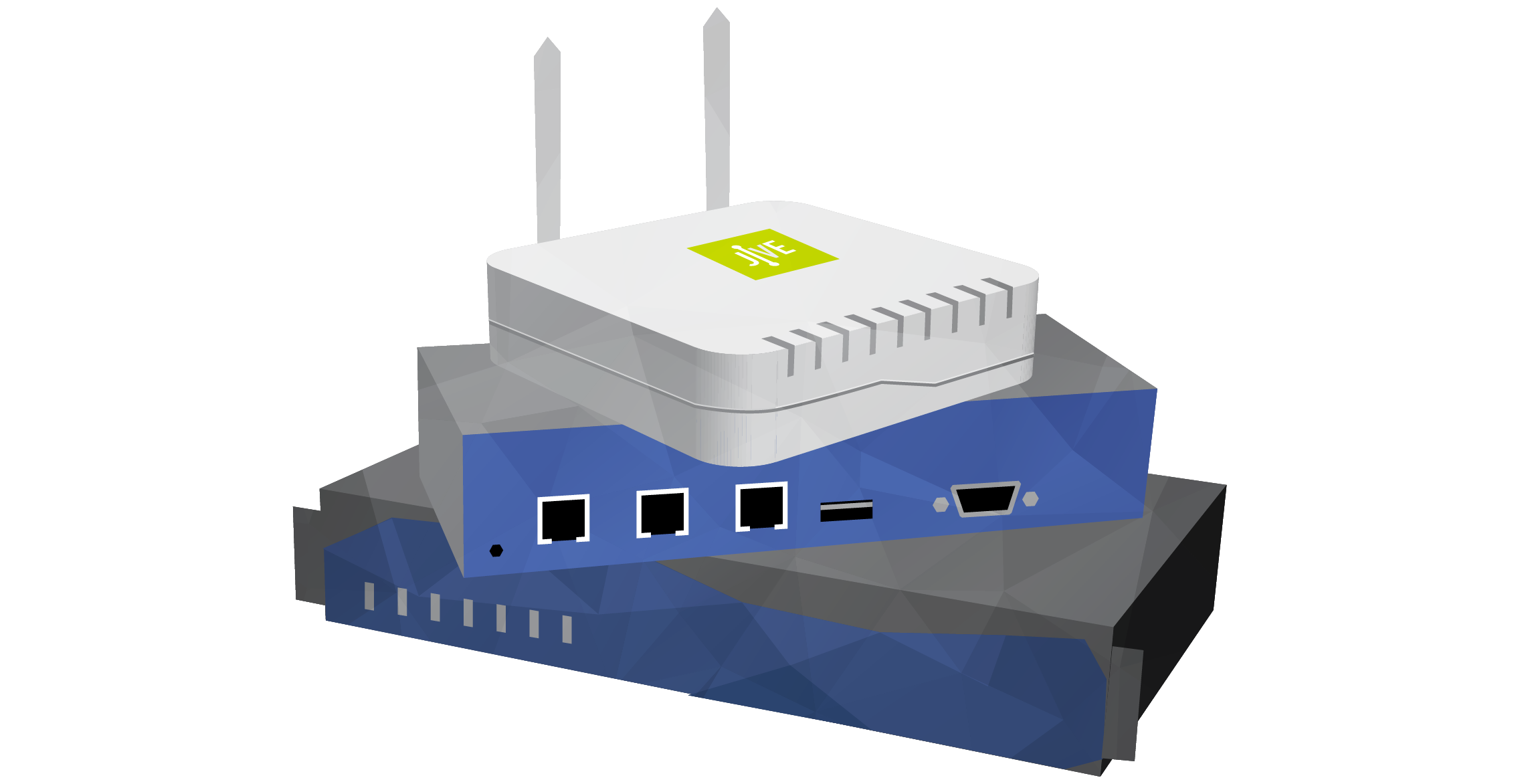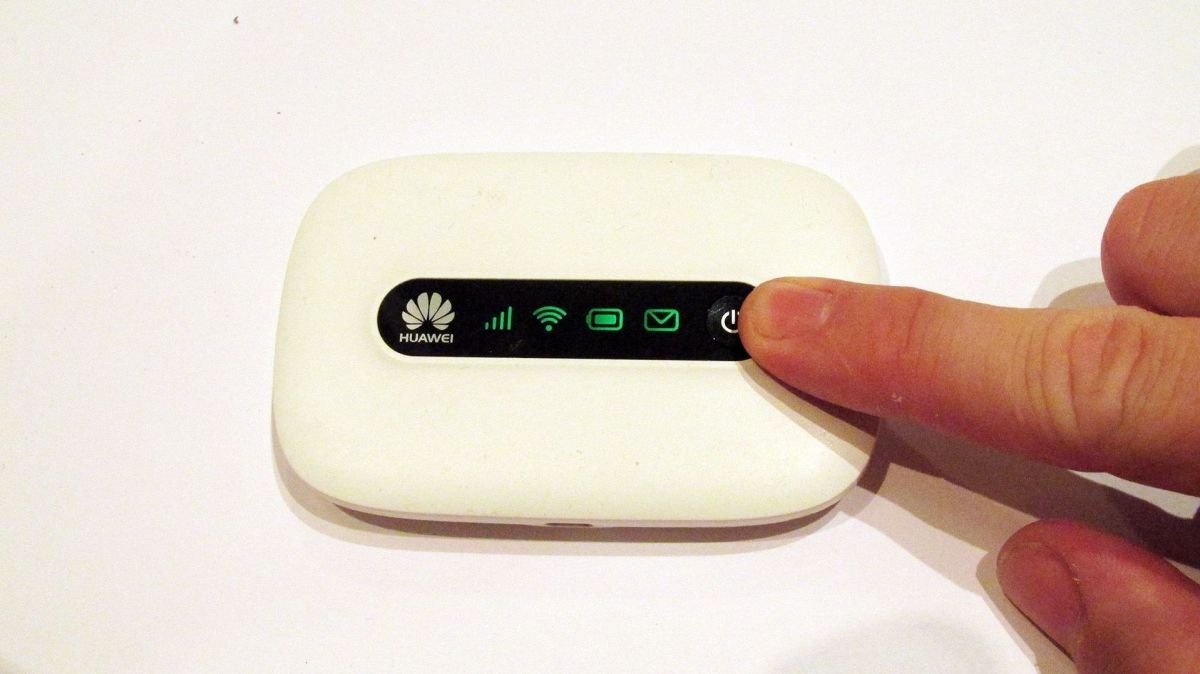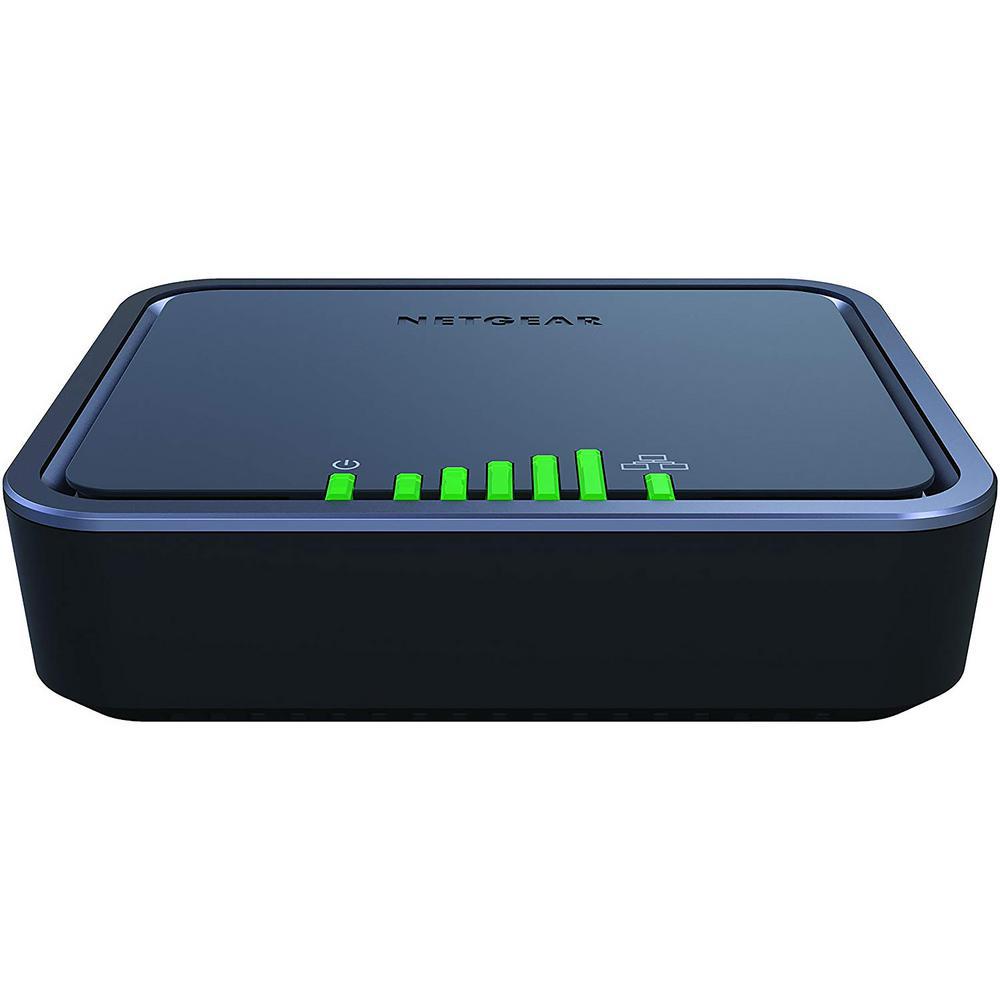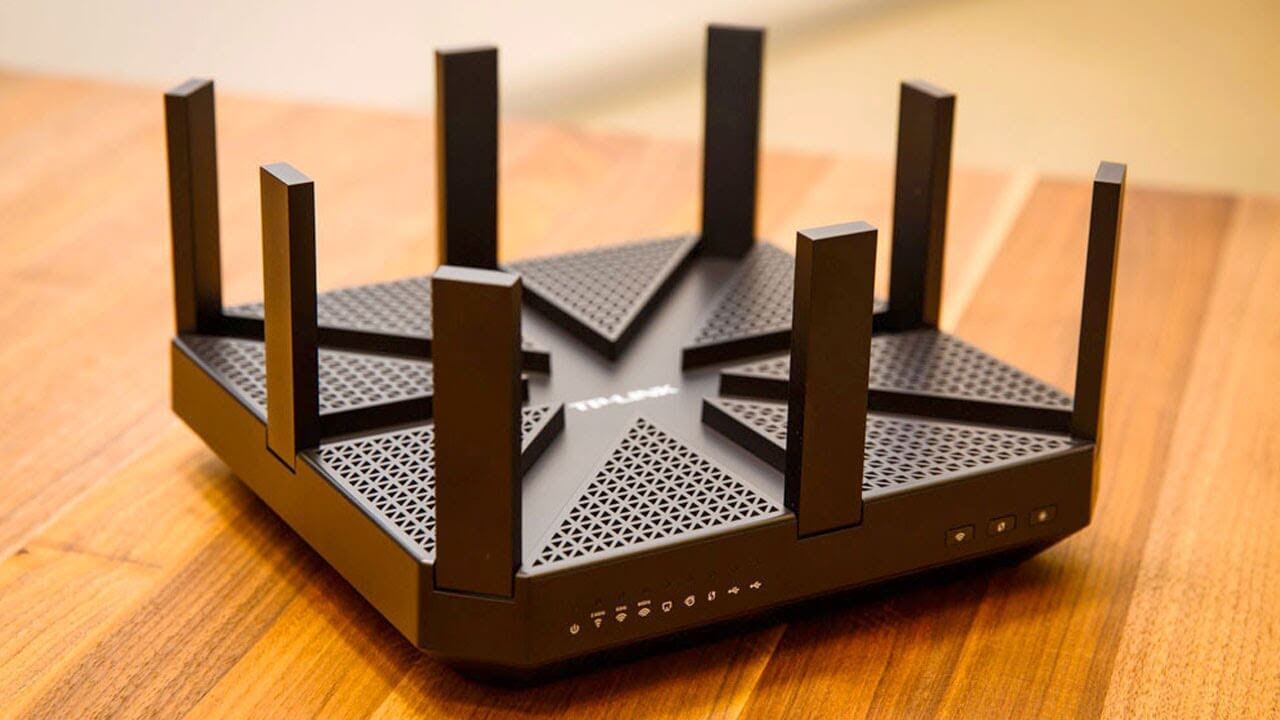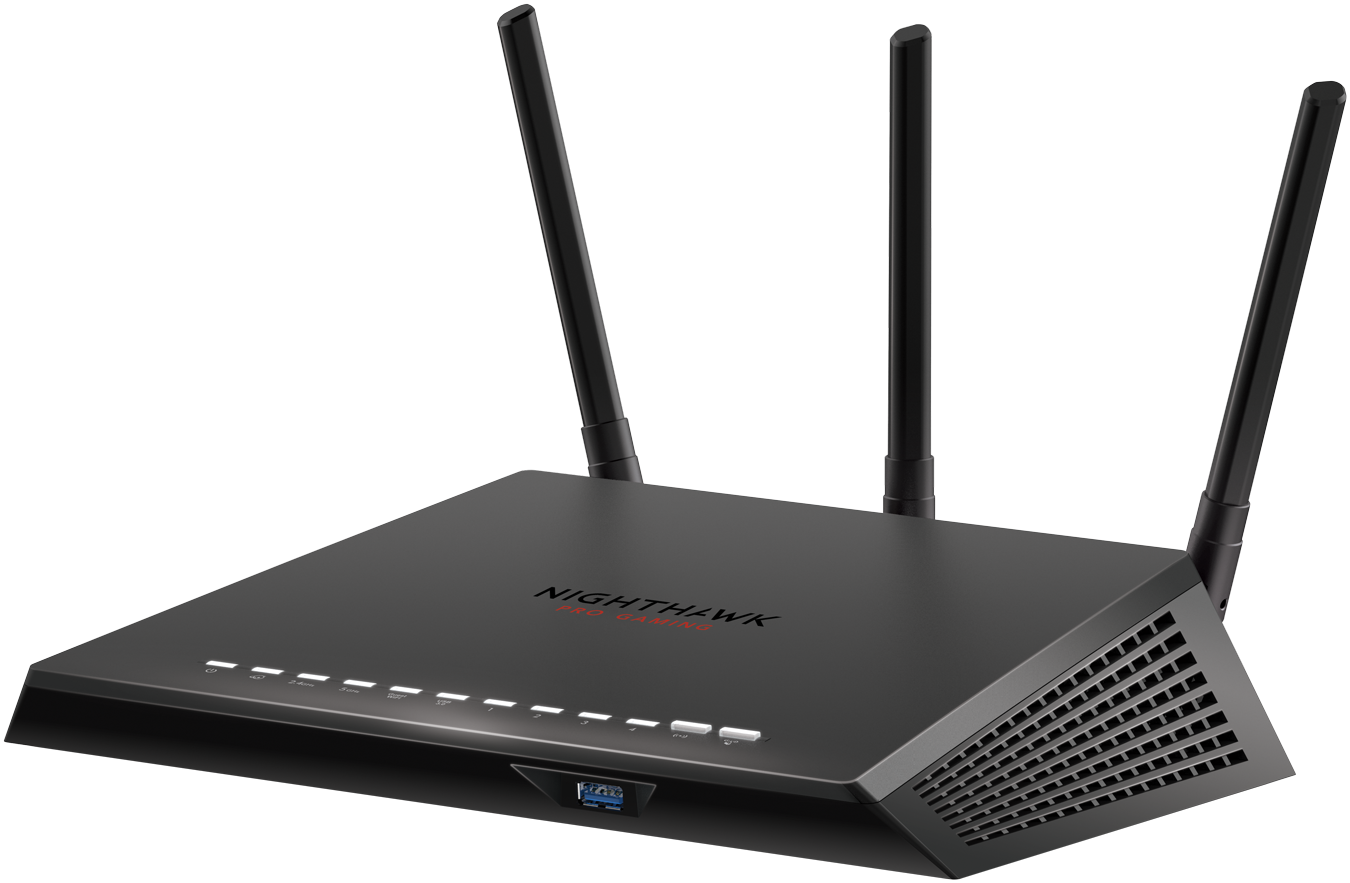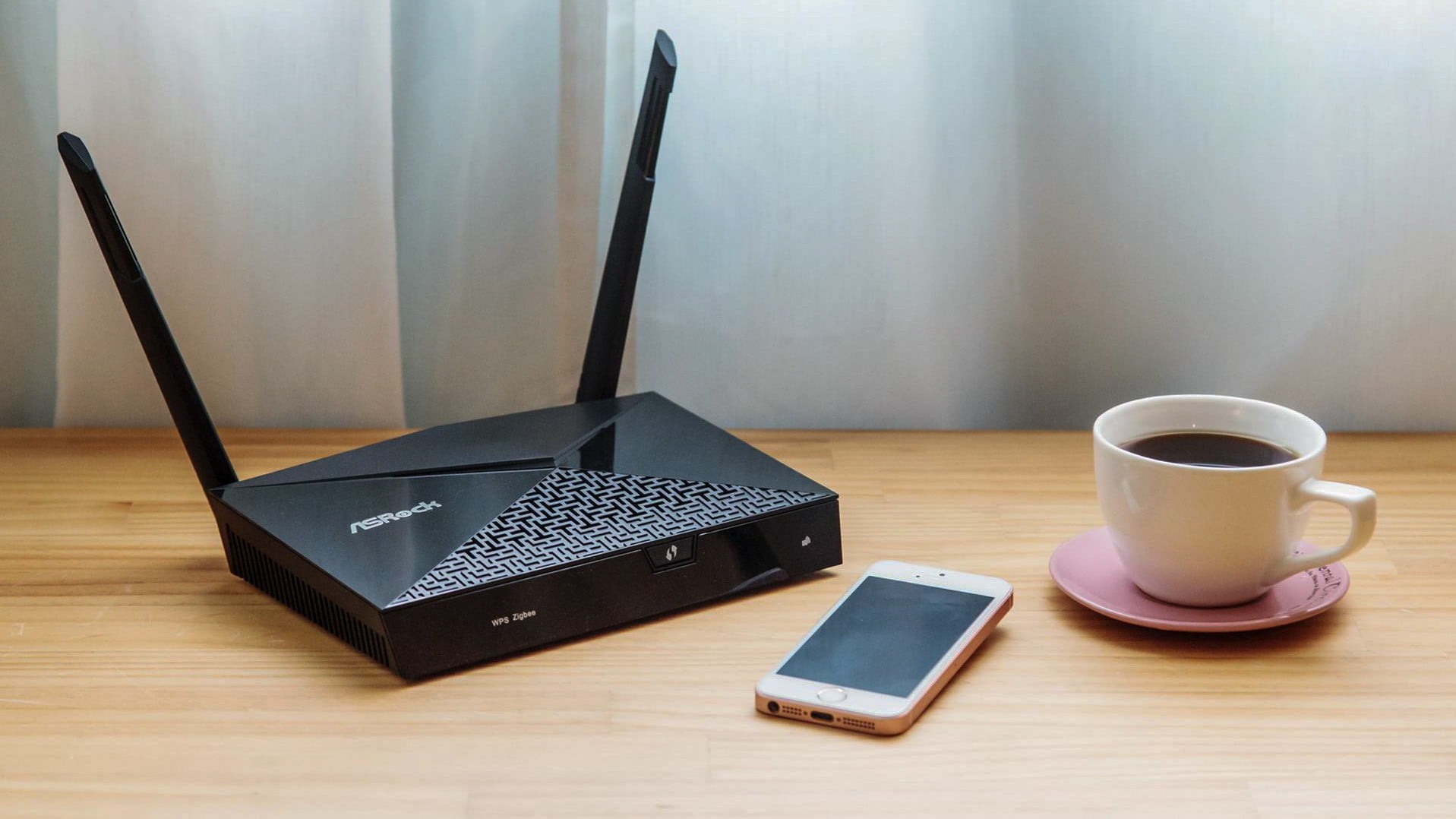All the characteristics of a router that we are going to describe next, will help the reader and user to know a little more about this important device. Do not miss everything related to this topic by reading the following article.
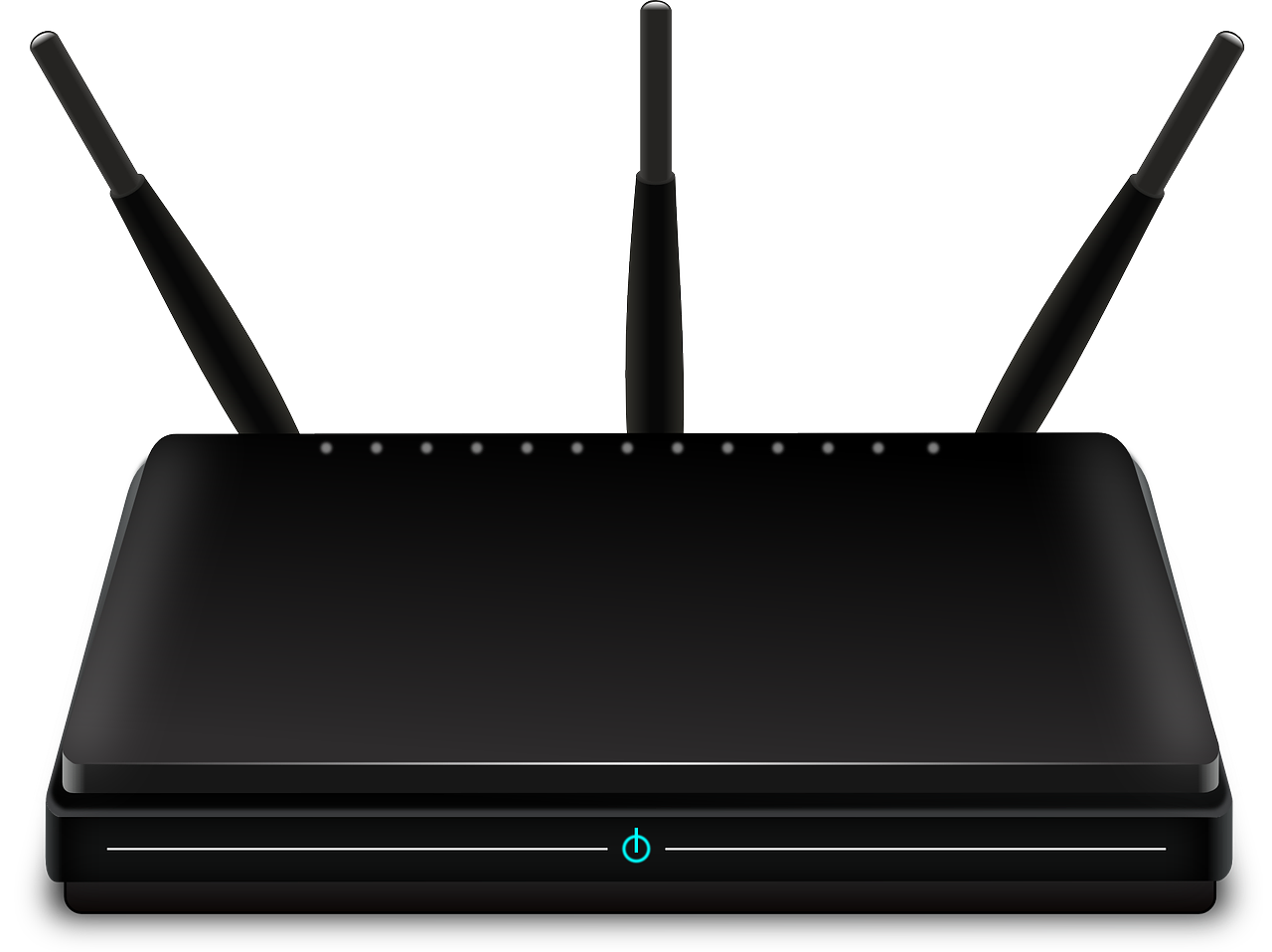
Features of a router
The router, also called a router, is the electronic device that allows you to connect various computer equipment, cell phones and tablets through a network. It is responsible for establishing a defined route for a data packet within an information network or the internet.
They are as important in the office, business establishment and home, just as a telephone was in the mid-XNUMXth century. The characteristics of a Router allow many people to connect to the internet network. They use various forms of connection that with alternate devices, allows a connection to be carried out wirelessly.
At present, almost all work and personal activity is handled through the networks, either for something informative or even for entertainment. That is why it is important to know how How WiFi works and in what way we can make other connections.
Currently there is no activity in the world where the internet connection is not involved. The connections that can be generated through a router are connected wirelessly or through special cables. But let's see in detail everything related to this topic.
It is important to know that simple devices that is responsible for establishing navigation in the networks. That is why this article explains the characteristics of a router, as well as other important details, then let's see what they are:
- It offers convenience to users who need to connect to the internet.
- It has energy independence, that is, it has its own energy reception system.
- It maintains a system of algorithms that help determine which is the shortest route to the internet network.
- It has the ability to restrict access. It has its own firewall and firewall system.
- Informs the user when the system is saturated.
- It emits the signal through a system of antennas that can be internally integrated. In some equipment you can see up to four antennas.
- The interface is straightforward, which helps to connect multiple users at the same time.
- It can be connected via cables with Ethernet network, which is an internal connection network system.
- It has the ability to be placed in different positions.
- It is a good isolator of the traffic that occurs on the network.
- They come in a variety of sizes and are very lightweight
- Manages and controls the traffic towards specific addresses and places like WAN connections, LAN VLAN.
- Limit intrusion and unwanted access to the network.
- It has provision to connect wirelessly or through cables.
- It is compatible with any protocol on the network.
- Assign IP addresses quickly and automatically.
- It manages the various browsers offered by the internet, such as Firefox, Google, Yahoo! among others.
- You can connect various modes of voice and video connection.
What is?
These devices offer users a variety of functions, some even unknown to many. They represent a great benefit to people who need to be in connection with the internet on a daily basis. But let's see what those functions are:
- The main function is to establish the parameters to connect various devices to the networks, especially the Internet.
- Establishes various types of internal communication in small areas through so-called WAN, LAN and VLAN data networks
- It allows computers to join together to form a small computer network.
- It uses more than one link in a single LAN and thanks to this it balances the data flow
- Receive and manage internet connections
- Control – the computers to which data can be sent
- It adjusts with security procedures, the requests of the users who want to connect to the internet network.
- It keeps information flows stable.
- Generates all the transmission that reaches the various devices
- Wireless-type models can send a wave signal that is received simultaneously by various devices and equipment. They are very short radio waves that need to be at close distances.
- It encodes the chain of data in order to calmly transmit to its destination.
- It allows the duality of connection through cables.
- Automatically update routing tables.
- Manage the data that needs to be passed from one network to another.
- Maintains the security system to allow only those who know a security code and password to log in.
- Allows you to connect printers via cables or wirelessly. As long as the printing device has some kind of WiFi or bluetooth connection.
Components of a router
These devices are manufactured in different models; however, its structure and technological architecture is very similar in almost all of them. They contain microprocessors and microcircuits that help connect to networks quickly.
Body exterior:
The router is generally made of plastic material and other alloys are available. They are very light and their cover allows to protect and protect all the internal circuits of the equipment. Then there is the front panel where there are buttons and lights that allow knowing the operation levels.
This part contains the power button that is sometimes located on the back, it all depends on the model, then the LEDs appear, which are light indicators that, according to their blinking or stability, allow us to know in what conditions the activity is.
The led lights usually indicate if there is an internet connection, if the device is on, the fluidity of the LAN is stable or if the WIFI transmission is working correctly.
On the back is the USB port connection, which allows you to share various files and data on the network, it also transmits the device configuration to the computer. Next, you can see the BNCl-type WAN port, which allows you to connect coaxial-type cables; If you don't have the USB cable, it can also be used for more extensive connections.
The outside contains the optical WAN port, which is used to connect fiber optic cables. On the other hand, when this type of connection can be obtained, more secure connections are established. Follow the WAN RJ45 port, which has the function of joining the router with the different devices that are connected through cable.
The power receiver is a type of source that helps to receive electrical current and comes with an AC / DC type adapter, which allows protection when there is an untimely power outage.
Interior
Each router contains a small CPU, which is a processor that manages all the parameters and operations that it receives from various places. The CPU executes various information parameters. This processor is responsible for executing each action and carries out the instructions from any computer.
It also manages and controls the connection of the various devices that are connected. The power of the Router varies by model, so fluctuations can sometimes be observed if your model is different. There is also the RAM memory, which is responsible for storing data and information momentarily.
This memory, although with a limited capacity, is essential as one of the characteristics of a router, because they store the various routing tables, the switch cache and a solid space for the internal operation of the device.
The RAM memory of a router is similar to that of a computer. So when it is turned off it returns to the reset of all stored information. Another component is the so-called flash memory; This has the function of storing images of the operating system, but it is also subject to user requirements.
The next component is the ROM memory, which is only for reading, however it stores data and some codes called post. Allowing to give permanence to certain information such as passwords or IP data. If you want to know more about this topic, we recommend you read the ROM memory.
Router brands and models
The market and development of router devices today has grown exponentially. Currently there are various brands and models that can easily be found in any computer and computer store. The features of the Router vary depending on the quality and the price.
Asus RT-N12E C1
It is a wireless router model N300, which indicates that it is in the Access Point / repeater mode, it really is three devices in one, it comes with 2 dBi fixed antennas that expand the coverage. The bandwidth can be adjusted and they contain the VPN server, it can even support up to three networks separately.
Asus RT-AC53
This Asus brand model, has a VPN support and 2gb ports, it can handle speeds close to 750 Mbps in a combined way: ASUSWR intelligent control, to which it also belongs to the interface. This allows you to control and configure network applications. It has three antennas that significantly improve the signal.
Allows data transfer 10 times faster than traditional 10/100 Ethernet device. It contains two Gb ports. It is one of the most recommended by specialists due to its high performance. The price is high but it is worth it.
Asus RT-AC66U
Wireless router model AC1750 with dual band and USB access point, Triple VAN compatible with Ai Mesh Wifi. It maintains a high-speed connection up to 450 Mbps, 2,4 Ghz broadband and up to 1300 Mbps combined band when the frequency and transmission is 5 Ghz.
It contains two high-power antennas that allow a good connection to be established. It also has a USB port that allows you to share files. Printers and connections up to 4G, it is 10 times higher than USB 2.0. Advantages the price, contains an Asus Firmware, AC connectivity and 1 GbE ports, disadvantages Only two Ethernet ports and does not have DLNA compatibility.
TP-Link Archer C1200
TP-Link Archer C1200 is a Dual Band Wireless Gigabit Router, transmitting 300Mbps at 2.4GHz and nearly 900Mbps at 5Ghz. The USB port is model 2.03, it contains two antennas with very good transmission. The top model of this Router contains three external 5dBi antennas.
The coverage it provides is omni-directional, maintaining very good reliability. It is developed with Beamforming technology, which allows you to manage high-efficiency wireless connections. The four ports it contains allow you to expand its effectiveness. The price is adjusted to its appearance.
Netgear R6400
This device is a Nighthawk AC1750 Dual Band WiFi Router with 4 Gigabit ports. The processor is Armor brand, the coverage reaches up to 90 m2, the maximum speed can reach 1300 Mbps. It is compatible with any equipment and device.
The connection is fiber with an 800Mhz processor. Contains 2 amplified antennas. It allows to connect in networks to sound equipment, video games, cell phones, among others. Also in the USB port you can connect a printer or external hard drive, so you can create a personal cloud.
Linksys EA6900
This type of Smart Wi-Fi wireless router is Dual Band 2.4 + 5 GHz, with features of Wireless-AC, Smart Wi-Fi, Beamforming, USB 2.0 and USB 3.0. The device allows up to 4 times faster transmission than N technology. It maintains transmission of 300 Mbps at 2,4 Ghz and can reach 1400 Mbps combined at 5Ghz.
TP-LINK Archer C3200 and C5400
This tri-band Gigabit wireless router with capacity for 3200 Mbps at 5 Ghz, has 6 antennas. Which allows transmitting to dozens of computers and mobile devices wirelessly: the technology is based on TP-Link's Smart Wifi, its interface is simple and it is one of the most advanced available on the market.
Everything works through TP-Link's Smart WiFi technology that automatically selects the most suitable frequency band. It offers a simple administration interface, along with advanced options. The C5400 version contains 8 antennas and is used in various corporate companies.
It is a good reference for wide and high volume connections, its transmission capacity similar to the C3200, it can reach up to 5400 Maps combined without reaching congestion. The channel and signal distribution management is accompanied by a good CPU and RAM.
Difference between router and modem
These two devices are very similar and the functions it fulfills also mean that they may have similar functions. The features of a router are designed to provide wireless network access. This is a great advantage since the use of cables is omitted.
In such a way that it allows to connect to a number of devices at the same time, of course when the connection volume is high, the traffic increases and the connection and speed decrease. For its part, the Modem is a device that takes the signal from the internet service provider and converts it into data that is used by any device.
The modem works with a series of codes that it modifies and transforms into a signal so that they can be received by various devices. The signal that comes from the provider is made through a fiber optic cable, then it is sent to the router in order to be transmitted through radio waves that the devices can receive it.
Some devices are integrated in modem and routers, to seek efficiency and decrease in processes that may confuse the user. However, these devices sometimes suffer from a lot of data reload. They process information with a single RAM and a single CPU. Streaming can take time and even crash the device.
There is another device that is not widely used, it is very similar to the Router. Called signal repeater devices, they are used in homes and large rooms where the router signal does not reach. They are placed in specific places and amplify the signal that reaches even up to more than 100 M2.
The cables of a router
Although the wireless connection seeks to make the characteristics of a router more efficient, it is inevitable to have several channels to make the primary connections of the devices. It is important to know each one of which is included in the Router purchase package.
Modem to router cable
When we purchase a Router we must have already installed the Modem. It receives the transmission from the internet service provider. It is received through a telephone type cable that is connected to the Modem. Subsequently from the Modem a cable connection must be made to the Router.
The connection to the Router is through a cable called «Ethernet Cable», this goes from the Internet port of the Modem or WAN and to the WAN input port of the Router. It is a very simple process, just press the cable and when you hear a click, the connection will be ready.
It is important to make these connections with the devices turned «Off», the idea is to protect the contacts and avoid a strong and unnecessary impulse that could damage a microcircuit.
From router to wired devices
Ethernet-type cables come out of the router and must be plugged into devices directly. Various numbered output ports can be seen on the back of the Modem. So depending on the model they can go from l1 to 10. You can connect the devices you need if you are going to do them wirelessly.
The disadvantage is that mobility within the area, be it a room, house or office, is totally limited to one place. However, the advantage is that the connection is much more stable and efficient.
From router to computer
To carry out a home network it is important to connect the Router to an internal network. For this, the Ethernet cable is used and inserted into the input port of the computer. With this connection you can carry out How to connect to a network home that allows you to organize and connect to all devices through cables.
Remember that after connecting the Router to the power supply, we must turn it on, do not do the reverse operation. Then any device can connect to an internet network and even a home network obtaining the username and password of the owner of the Router.
After turning on one of the characteristics of the router is that the LED lights begin to flash to indicate that the process is being carried out. Reviewing the equipment model manual, it tells you what function each LED fulfills.
Recommendations
Knowing the characteristics of a Router allows the user to know its specifications and operation. That is why it is good that when using it for the first time you should read the manual carefully.
Connections must be made as indicated in the manual. Almost the same try to place it in places where there is no interruption of television signals, antennas, cables or other electronic device that could interrupt the signal.
It is important to take into account that if there is any type of obstruction in the transmission of the transmission, the Router will not be able to operate efficiently. Another important recommendation is to use protective equipment and devices. Which allow to protect it in case of cuts and intermittent fluctuations of electricity.
Although each Router comes with a small power transformer that provides power to the device; It has the power that in the event of an immediate power outage, it remains on standby for a few seconds. This in order to prevent the impulse of force that it generates when the electricity returns.
